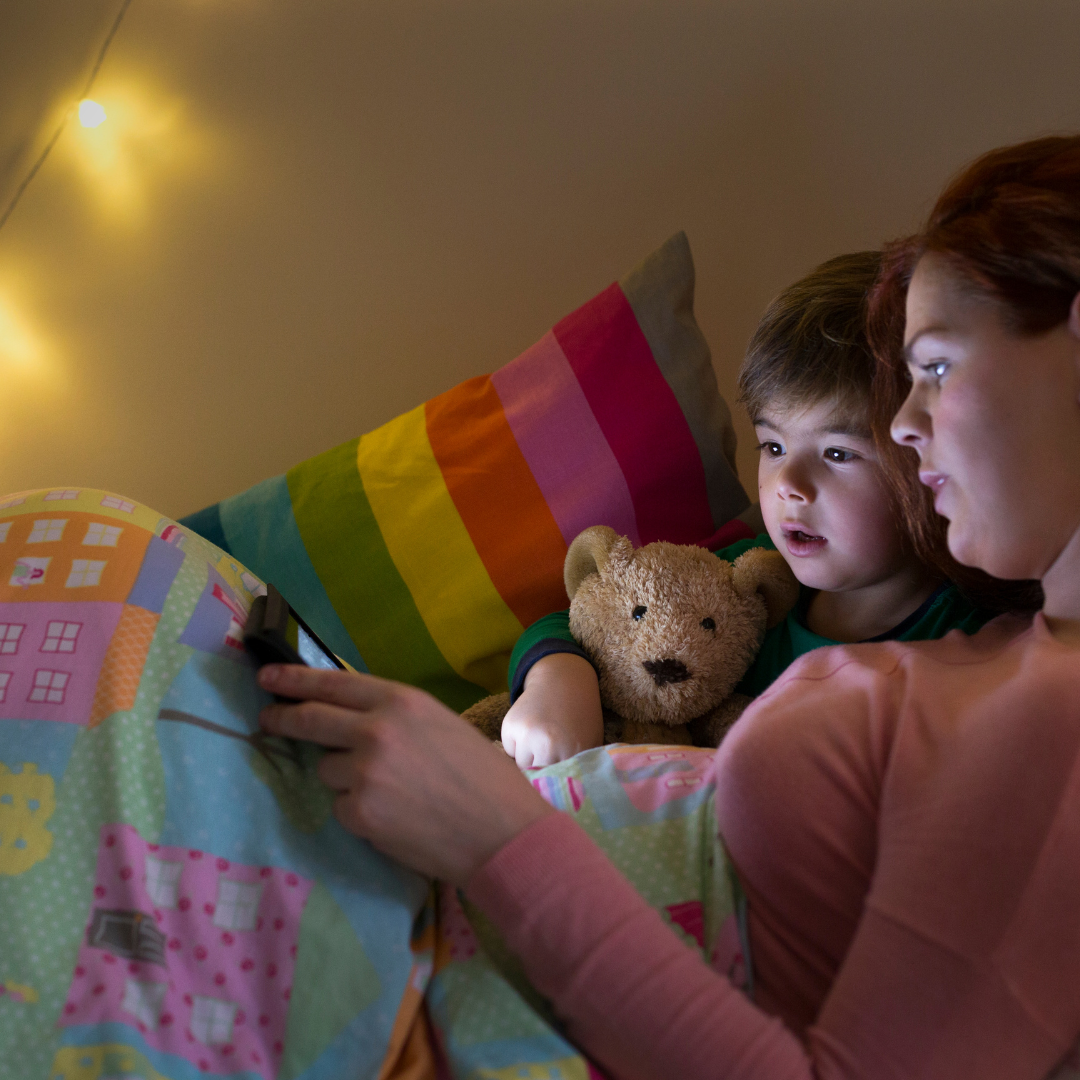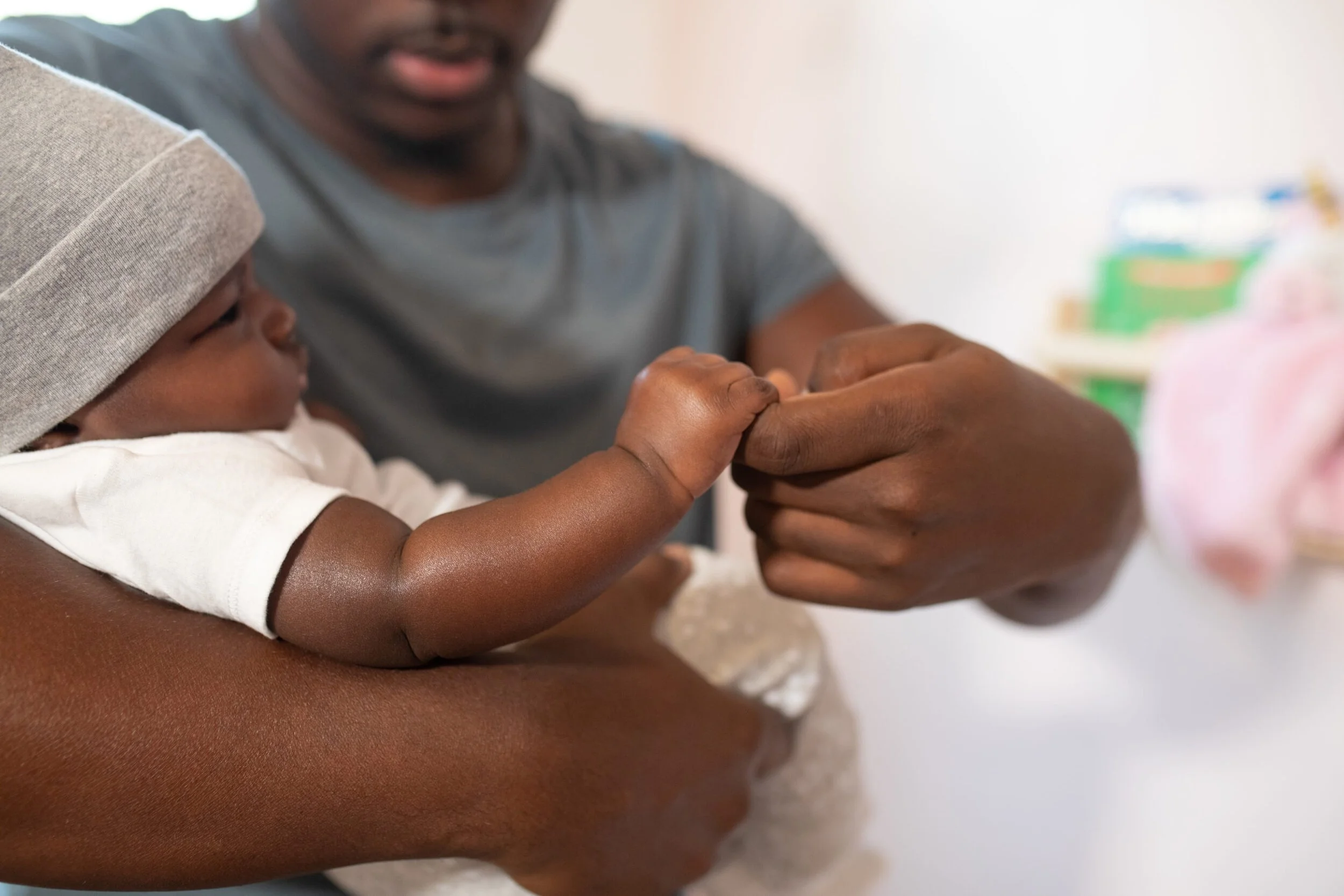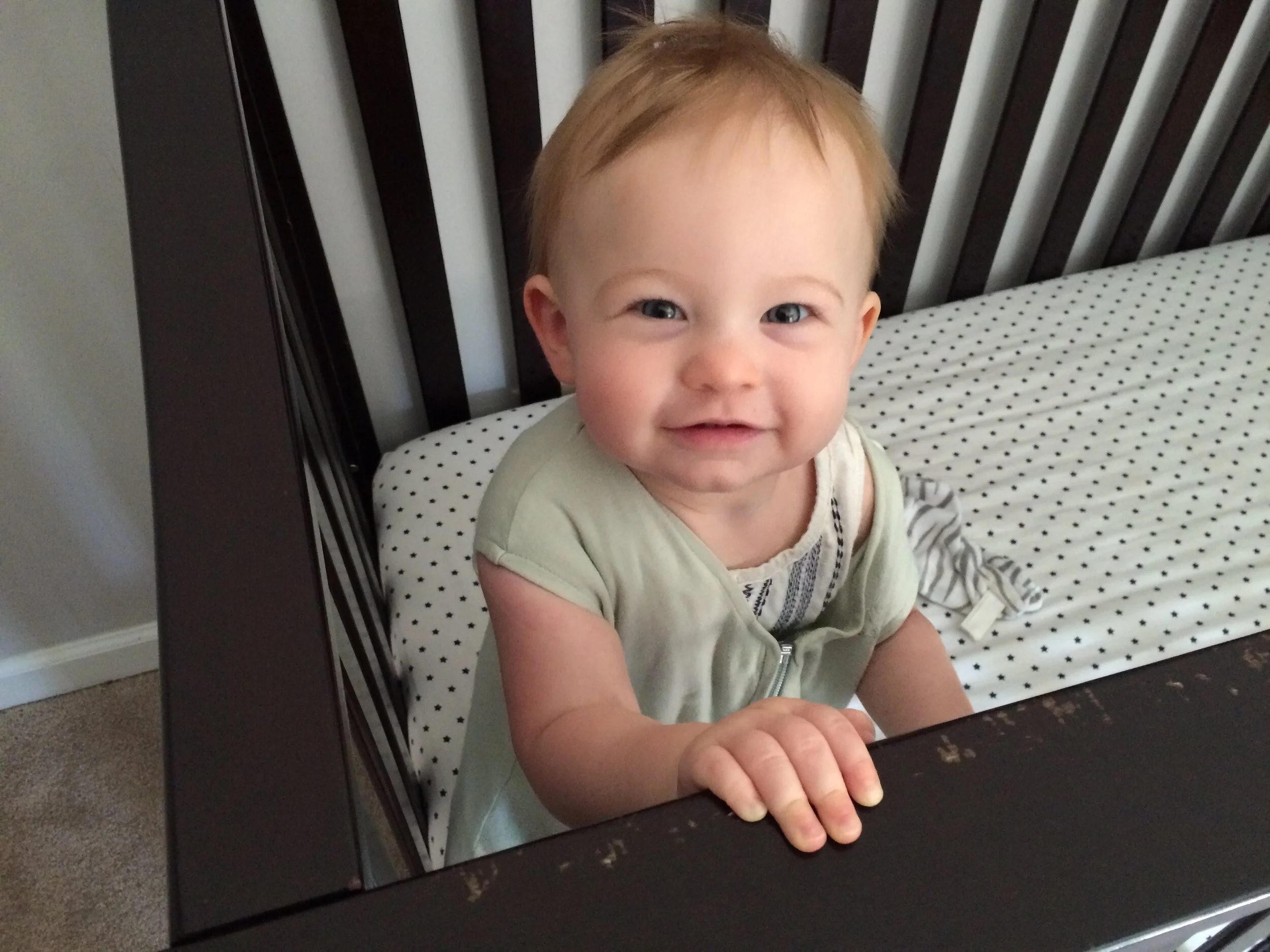BLOG
Looking for something in particular?
Search a keyword and hit ‘enter’!
Wondering how to get your twins to sleep through the night? Or how to get your twins to nap at the same time? Or maybe you are wondering how to get your twins on the same schedule? Little Dipper’s resident Twin Sleep Coach & Twin Mom is here to help with her top 5 tips for better twin sleep.
Transitioning from a crib to a toddler bed may seem minor to us, but it can be a very uncomfortable change for a child. But, with a mindful and loving approach, the transition to a big kid bed won’t be so disruptive or anxiety-inducing for your little explorer. You may still experience a bumpy patch for a few weeks as your child adjusts to the new sleep space, but it will be manageable and short lived so long as they are prepared. In this blog, we tell you how.
Little Dippers Helps You Make Sleep a Priority
Ensuring you and your children get to sleep during the hectic holiday season can be challenging, especially when you mix in extended families, parties, and general excitement. Our trained family sleep consultants have created The Stellar School with programs designed and researched to help children and families get the sleep they need.
If you know me well, you know that I generally pooh-pooh all the baby industry gadgets. There is no product that will suddenly make your kid’s sleep perfect or parenting easy. But, when used correctly, toddler clocks are one product I actually recommend. Let’s talk about how to make that OK-to-Wake clock keep your kiddo in bed longer, so that you get a delightful return on investment.
Baby or kid got you up at the crack of dawn? Or BEFORE the crack of dawn? Early rising is one of the top problems we hear about at Little Dipper Sleep and is no doubt one of the biggest parenting woes in early childhood. Fortunately, there’s a fairly easy formula for getting your kid to sleep later. If you want your kiddo to sleep later and sleep longer: then keep on reading.
Parents need honest and realistic conversations about melatonin. It’s everywhere these days, promoted as a cure for insomnia in adults and kids alike. But it isn’t a wonder-drug, it can’t teach a child to feel safe and secure in their beds, and it comes with risks. As parents, we need to know the whole story when making health decisions for our children.
Guest blog by Erin Hanehan, Certified Kids Yoga Instructor and Drama Teaching Artist here in Durham, NC. Erin shares about her bedtime storytime and the practice of mindfulness.
So, what causes jet lag and why does it make some of us feel so crummy? In a nutshell, the circadian rhythm (the internal process that regulates the sleep–wake cycle and repeats roughly every 24 hours) gets out of whack when you cross time zones quicker than your bodies can adapt. Your internal clock is out of synch with the cues of the new time zone. And since the circadian rhythm controls many other functions in the body, such as hormonal secretion, hunger, alertness, and urine excretion, sleep isn’t the only thing that suffers—you may generally feel rotten for a few days until you adjust to the new time zone. This is jet lag.
Spring forward is socially enforced jet lag. The clock time changes but our internal clock (circadian rhythm) does not, just like what happens with Eastward time zone travel. And this makes us feel crummy for a few days as our internal clock reprograms itself. Fortunately, with a little planning ahead, you can cruise through the time change with your littles (and you!) feeling just fine. Keep on reading for simple steps to cruise through the time change, well-rested.
It’s taken me a lot of years to realize that I can’t parent within a bubble. I can’t control all of the variables. Not storms. Not power outages. Not school closures. Not sick babies. Circumstances arise that throw our plans and our paths off course. Bedtimes get disrupted, tantrums mess up lovely outtings, babies skip naps, and kiddos puke right before you’re supposed to leave for vacation. Life is messy and unpredictable. Parenting is hard AF. But if we can let go of our rigid scheming, and relentless planning, it gives us the freedom to enjoy the snow day or the candlelit bedtime with our children.
Short naps, aka crap naps, can be one of the most frustrating sleep woes in the early years. If you're a stay at home or work from home parent, it can leave you feeling unnerved and out of control of your day to day activities. If you're working outside of the home, crap naps lead to bedtime confusion (when should this kid go to sleep if his nap was 28 minutes?) and uncertainty about how to approach weekends and days off. No matter what, it's so tough to know what to do when naps are unpredictable and short. Or predictably short. Or predictably unpredictable! Understanding why naps are sometimes short, or chronically short, and what the heck to do about it, can make all the difference in the world.
Traveling with kids around the holidays isn't for the faint of heart. We don't go on "vacations" with our kids, we relocate to Grandma's for a week (or maybe the beach). If you’re like me, you definitely don’t want to miss all of the fun. But if you also don’t want to end up with the tantruming turkey at your holiday gathering, you’ll want to check out these 6 Pro Tips for holiday survival.
Transitions can be really hard for kids of any age, and the back to school transition is one of the toughest. Here's the conundrum: bedtimes get later as the summer progresses (following the natural rhythm of the sun), often reaching their latest just in time for early school bells. Without advanced preparation, this can lead to some major overtiredness and sleep debt in that first week or two of school. Your kids will lose an hour or two of sleep until they adapt to their new routine and start falling asleep earlier.
Being overtired is not great for quality rest and sleep debt is not good for learning, executive functioning, or your child's mood — and definitely not the best way to start the school year.
Follow these sleep tips to get your little one, and yourself, and your biological clocks ready for #backtoschool.
It’s well established that fresh air and exercise are important for overall well-being. But did you know they’re also a crucial part of ensuring a good night’s sleep? The whole family, even babies, will benefit from well timed outings and fresh air.
Have you ever wondered how to foster an actual love of sleep and the sleep space in your child? Over the years, 9 and counting to be exact, I’ve tried what feels like a thousand activities to help cultivate this love (some more successful than others). I LOVE sleep, and dream about sharing this great love with my children. While no parent has the ability to force the love of sleep, or anything else for that matter, upon their child, here’s one thing that I know is true: spending lots of positive playtime together in the bedroom and in the crib/bed will help your child feel more comfortable and secure when it’s time to turn out the lights.
Keep reading to learn more about fostering love (or at least acceptance) of the sleep space in your child, and my kids’ top 3 crib games...and how to recreate the fun with yours.
Implementing the 3 C’s of the bedtime routine will ensure that your baby drifts off to sleep feeling calm, connected, and ready for restorative sleep.
Do you wonder when your child should go to bed for the night? Are they overtired? Undertired? Or is the timing just right? If you want to end the bedtime battles and tantrums and sleep better, check out our Schedule Guides. Getting the timing right makes all the difference in the world when it comes to little kid sleep. If avoiding tantrums, meltdowns and delay tactics at bedtime is a goal, getting your toddler’s sleep timing right can help to keep the peace.
When it comes to baby sleep, finding the right timing is paramount. When babies get the proper amount of daytime sleep, at age-appropriate intervals, and bedtime is on target, falling asleep and staying asleep becomes a more peaceful endeavor. Read on to find the right timing for your baby’s stellar sleep.




















Wondering how to prepare for Fall Back? Follow our 3 steps to shift your baby or child’s schedule later. Let’s prevent that early rising that comes with the end of Daylight Saving Time and move into the holidays well-rested!